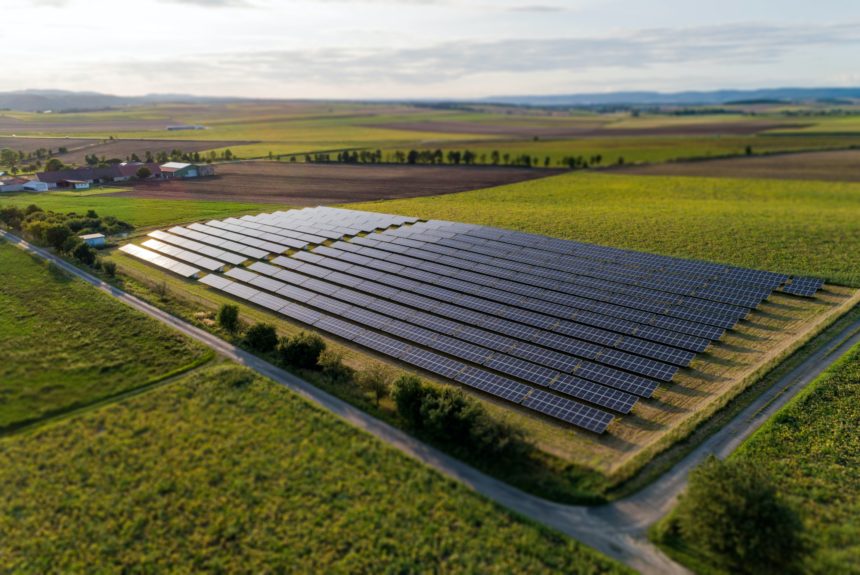Experts have argued over the impact of large solar projects on nearby housing for years. As more and more solar projects are developed across the country, the NIMBY (not in my backyard) crowd has commonly used the nearness of housing to try and block solar project siting. But a new study suggests that contrary to the assertions of many, solar projects do not lower nearby home values.
>>>READ: NIMBYism Prohibiting Clean Energy Development, According to New Report
The study, commissioned by Conservative Texans for Energy Innovation (CTEI) in partnership with the Advanced Power Alliance and the Solar Energy Industries Association (SEIA), found no evidence of utility-scale solar facilities impacting the market values of nearby residential properties. Due to CTEI’s involvement, the study primarily focused on Texas, but the results should impact siting decisions in America’s other 49 states, many of which are pursuing aggressive renewable energy goals.
The study focused on six different utility-scale solar projects across Texas. To study the impact these projects had on housing values, the following sale metrics were accounted for: price per interior square foot, sale-to-list price ratios, and days on the market. These metrics were then compared to control areas where houses were located further from the solar projects.
Results showed similar trends between the solar areas and the control areas, with the study noting:
“These results indicate residential real estate markets, overall, are unaffected when located in proximity to a utility-scale solar project. There is potential for individual sales to be affected by the proximity to a utility-scale solar project, but overall, a robust and competitive market still exists for these properties. Several of the sales were confirmed through discussion with agents associated with the sales. Additionally, local market experts were surveyed to understand how the market was reacting to the development and operation of solar projects. These conversations confirmed the market trend results that overall, real estate markets have not been impacted by the development and operation of utility-scale solar project.”
“This first-of-its-kind study on solar energy and property values underscores what we know to be true in Texas – utility scale solar projects have a positive impact on our local economies,” said Matt Welch, State Director of CTEI. “As Texas continues to lead on renewable energy, it is crucial our leaders have access to objective data to help dispel misinformation and false narratives.”
>>>READ: Amazon, AES Collaborate on Mississippi’s First Utility-Scale Wind Farm
Reaching local and state clean energy goals will require buy-in from homes and businesses. According to Utility Dive, analysts expect 19 gigawatts of U.S. utility-scale solar to be installed in 2023 and 27 gigawatts to be installed in 2024. However, if communities are convinced that the installation of these utility-scale projects will lower home values, these projects will receive increasing push-back from the public which would delay completion times. As the CTEI study demonstrates, expanding renewable energy generation can coincide with high property values for homeowners and businesses.
Kelvey Vander Hart is a native Iowan, a member of the American Conservation Coalition, and a communications specialist at Reason Foundation.
The views and opinions expressed are those of the author’s and do not necessarily reflect the official policy or position of C3.
